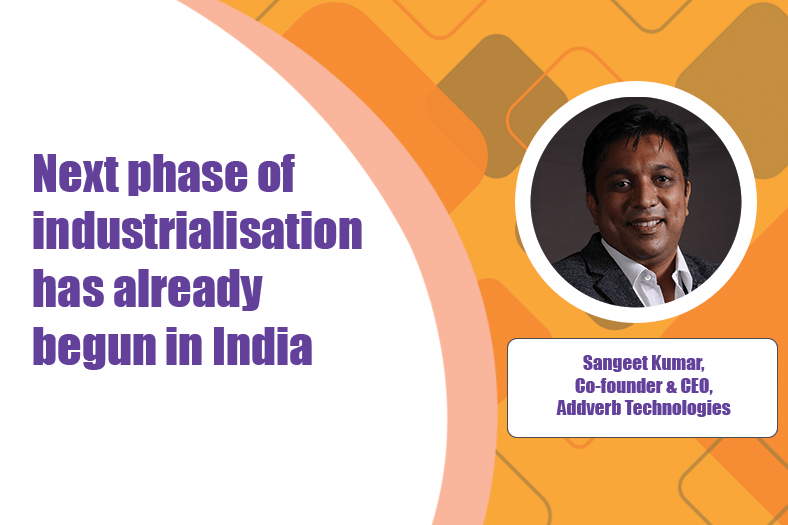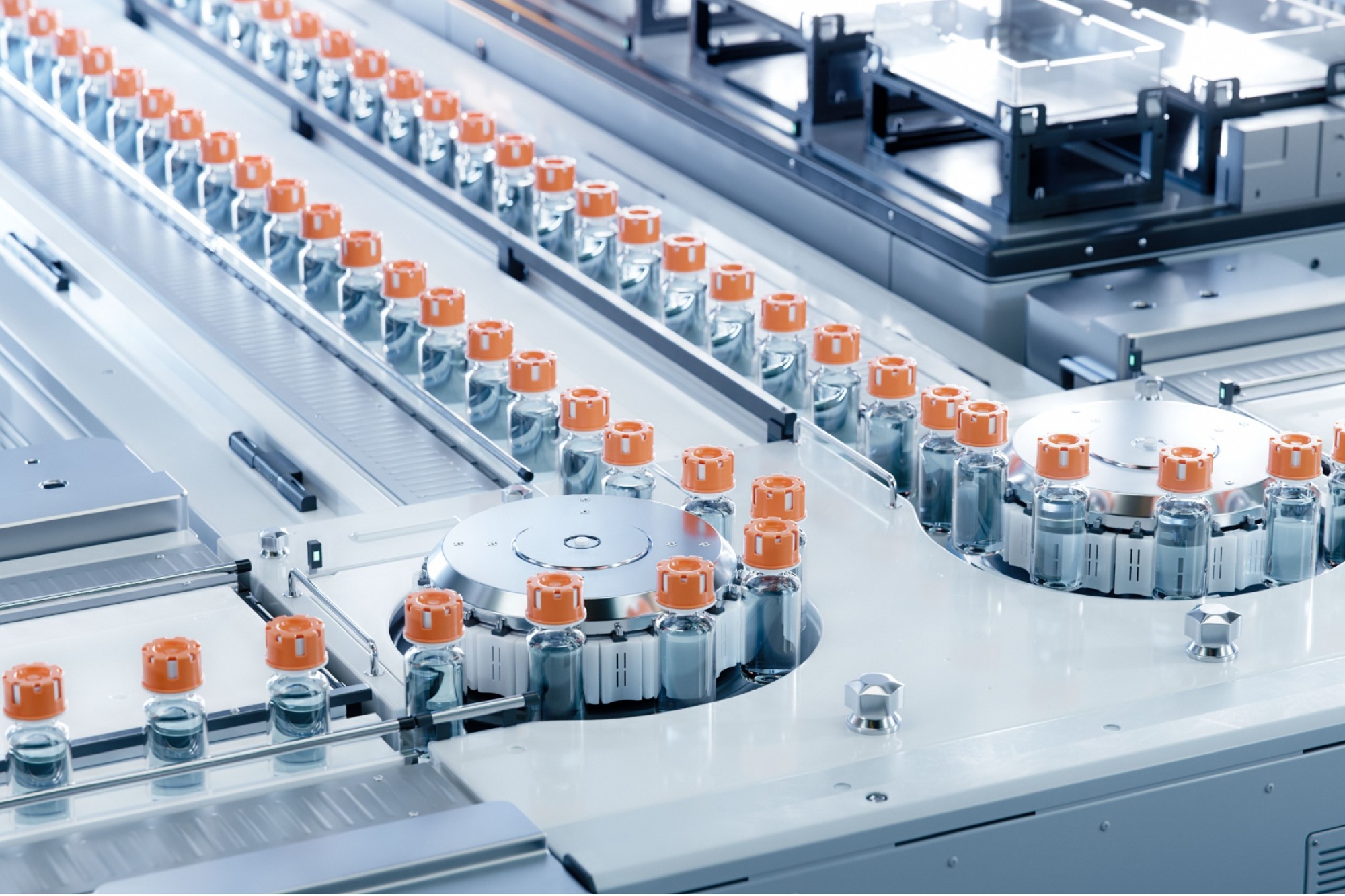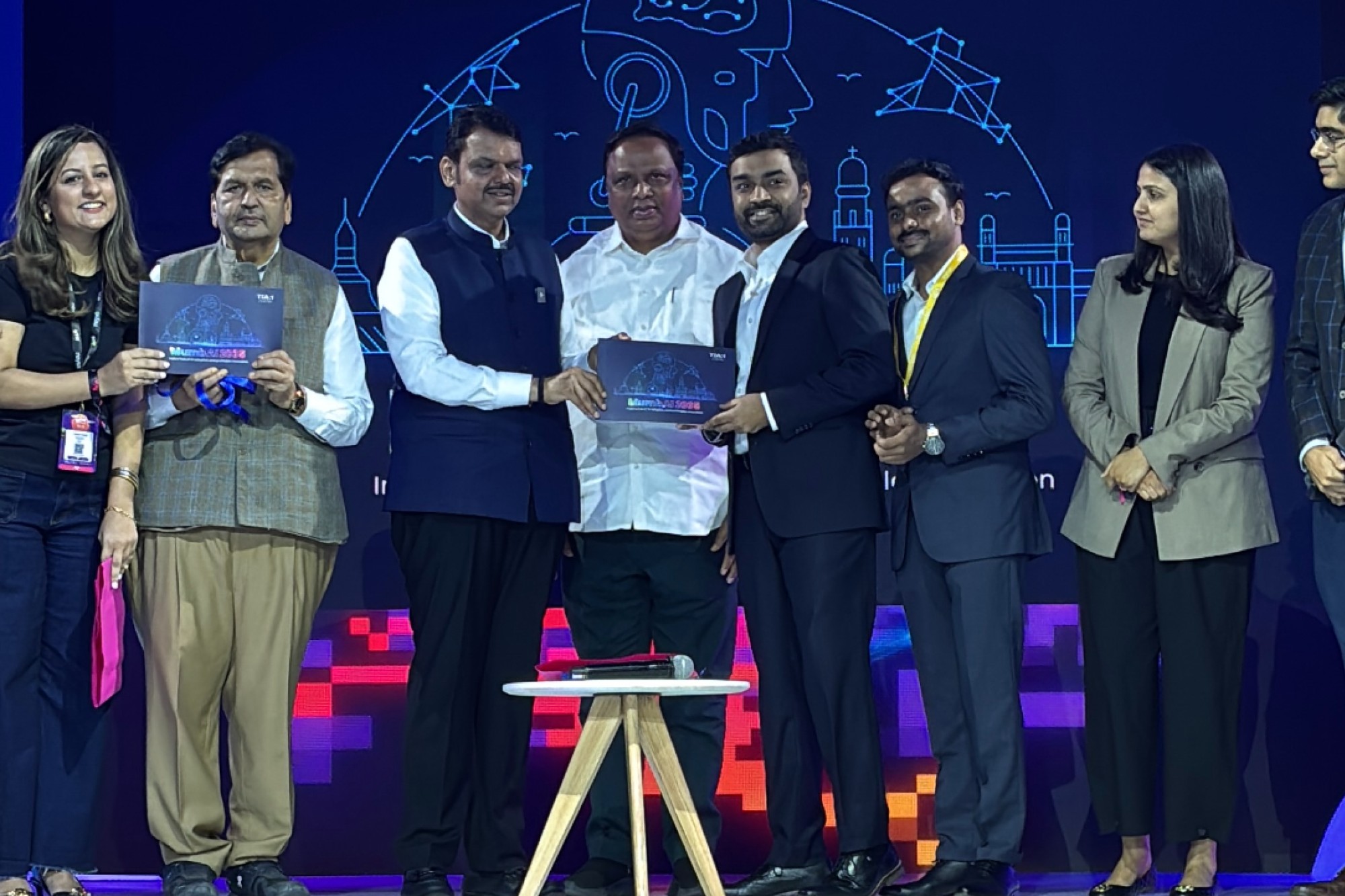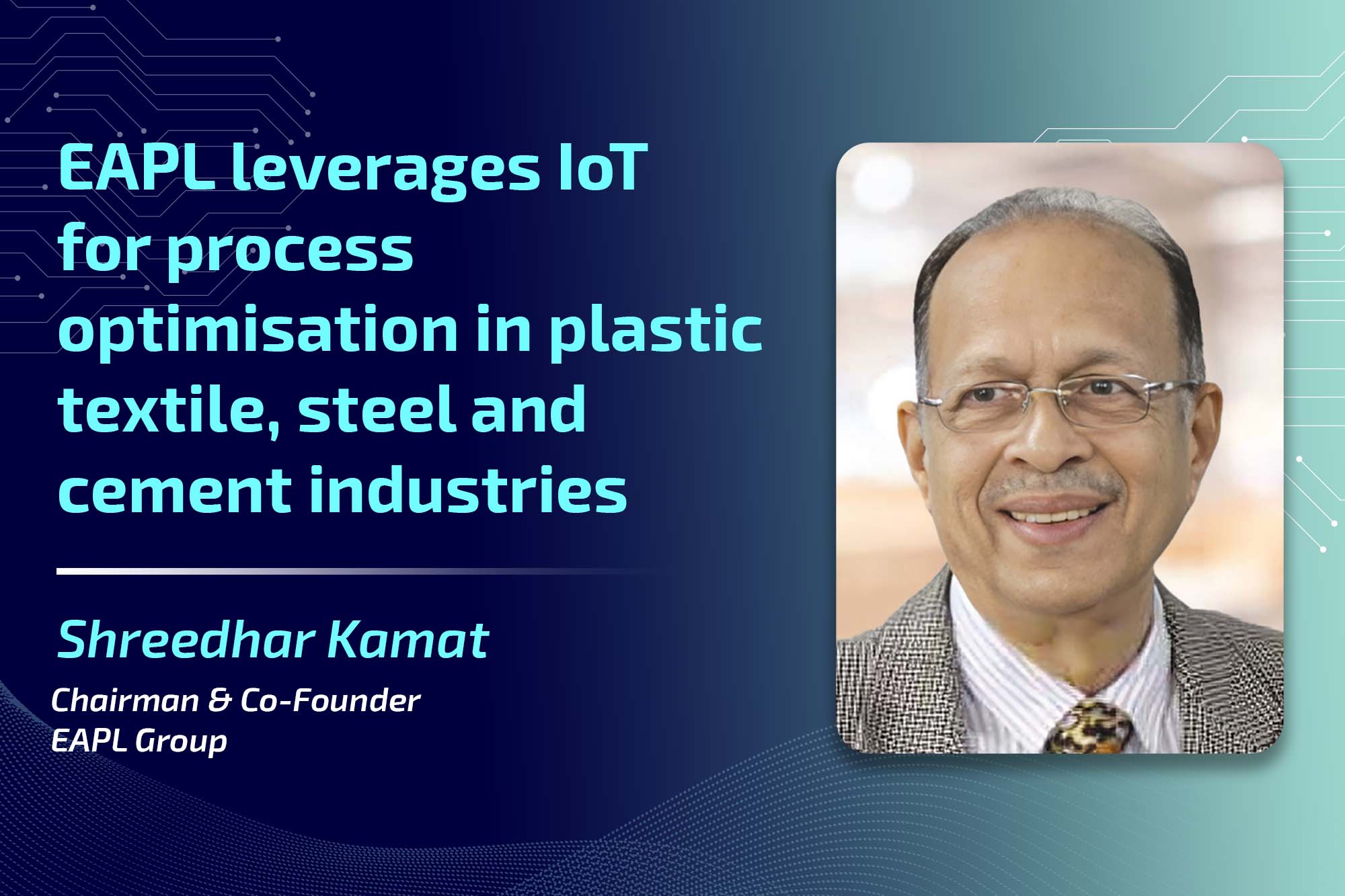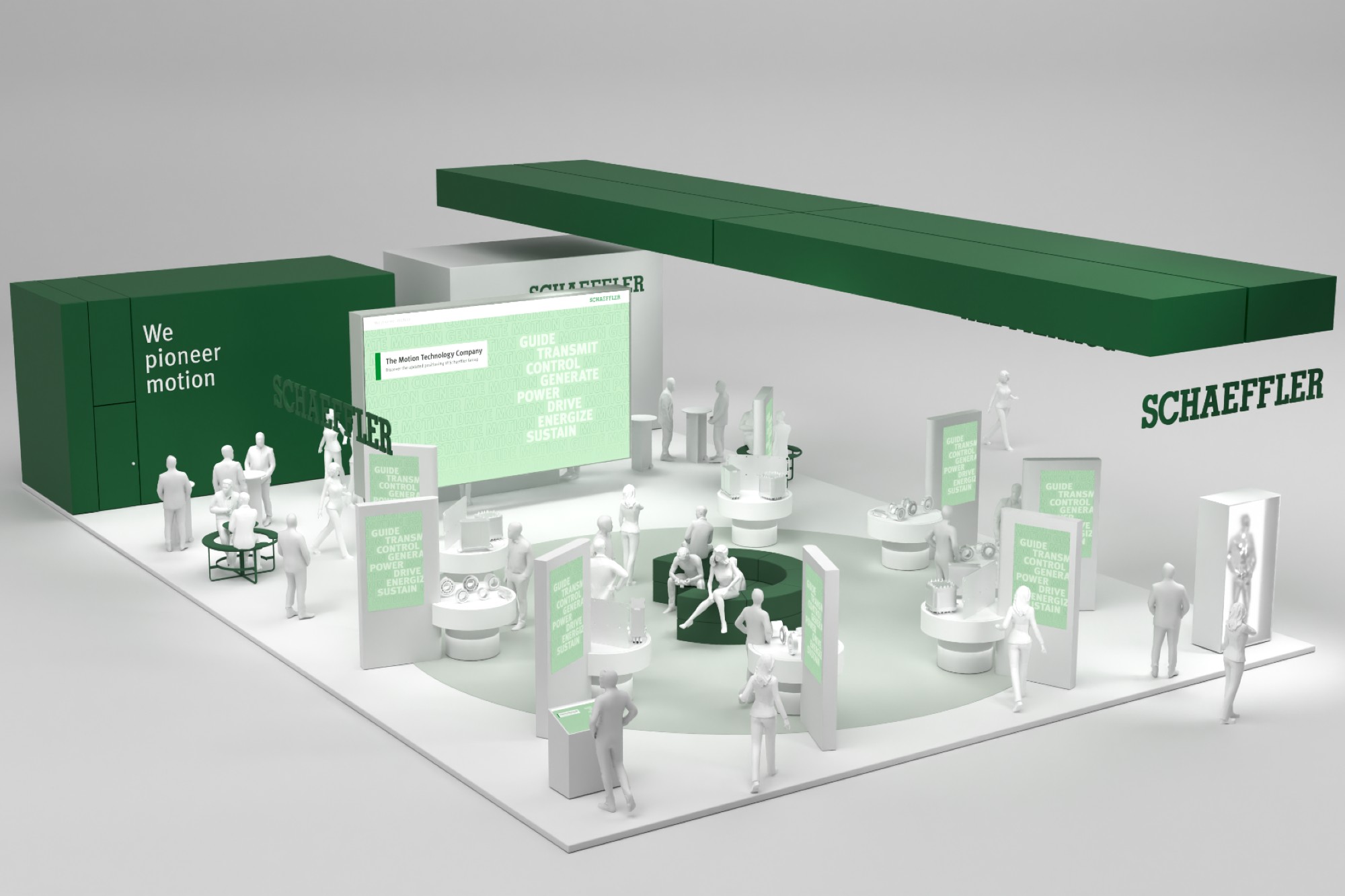Next phase of industrialisation has already begun in India
By OEM Update Editorial June 9, 2021 2:36 pm IST
There is a need to address the socio-economic and ethical concerns before fully integrating AI into the Indian Industries.
Explaining the imperativeness and need for newer technologies in Indian manufacturing to OEM Update, Sangeet Kumar, Co-founder & CEO, Addverb Technologies tells how the Industry 5.0 can lead Indian manufacturing to new horizons.
Indian industries embracing industry 4.0 and industry 5.0.
The emergence of Industry 5.0 as concept and as reality is based on the idea of human-robot collaboration to combine the intelligence of both for getting accurate and faster results. The term Industry 5.0 refers to people working alongside robots and smart machines. It’s about robots helping humans work better and faster by leveraging advanced technologies like the Internet of Things (IoT) and big data. It adds a personal human touch to the Industry 4.0 pillars of automation and efficiency.
As machines in the workplace get smarter and more connected, Industry 5.0 is aimed at merging those cognitive computing capabilities with human intelligence and resourcefulness in collaborative operations. The pairing of human and machine workers opens the door to countless opportunities in manufacturing. And since the use cases of Industry 5.0 are still in their relative infancy, manufacturers should be actively strategising ways to integrate human and machine workers to maximise the unique benefits that can be reaped as the movement continues to evolve.
Areas of industrial transformation with AI, automation, 3D printing
Here are the major areas where the industry witnessing transformation and business prospects in 2021 are:
AMRs: With the automated driving market heating up with a multitude of start-ups competing to take the lead, this year will see the adoption of autonomous mobile robots in the manufacturing and warehousing sector. The industry will migrate to more advanced navigation technologies such as LIDAR, RADAR and Cameras from the existing basic magnetic tape solutions.
RaaS: The growth of e-commerce in the current period has catalysed the use of mobile robots inthe warehouse and instigated R&D for continuous improvement. To optimise the complete value chain, companies specifically in this industry are interes6ted to invest more in their core business and outsource the rest.
Cobotics: Cobots, are currently on the rise due to easy configuration, and app-based controls. Their built-in safety mechanism including power and force limiting technologies make them safe to collaborate with human operators.
Micro fulfilment centres: These are small-scale warehouse facilities that will drive out the ecommerce sector from the narrow delivery window. Located inside the cities at strategic locations, MFCs enable a less than 2-hour delivery from the time an order is placed till it gets delivered. Being on time every time, it eliminates the complex web of last-mile delivery for the e-commerce retailer.Smart Factories: Smart factories are all about connected machines. Competitive pressures and onslaught of technology such as cloud, augmented reality, etc. are prompting manufacturers to look for IIoT solutions.
Bridging manufacturing technology gap in Indian industries
AI, ML and Robotics etc are disrupting industries such as Automobiles, Healthcare and other manufacturing industries. Though the rate of adaption is lower vis-à-vis the developed nations, these technologies are playing a key role in automating some of the critical operations. Experts have highlighted the need to adapt these technologies across many spheres, beginning with education towards enabling individuals to move and work higher up the value chain in innovative capacities. The most significant impact of AI in the Indian Industries will be enhancing efficiency, and bringing simplicity into the process of production through mechanisation of tasks previously performed by humans.
Challenges in adopting automation, digitasation and robotics
Infrastructure availability – Height, quality, floor of the building etc is one of the major impediments to adopt automation and modern-day material handling using robots, shuttles and other automation equipment.
Excessive focus on ROI as automation KPI – Along with ROI, other parameters such as increasing the scale of operations, accuracies, improved safety etc should also be considered.
Availability of skilled workforce– Poor academia, structured curriculum from educational institutes, governments and allied institutes, coupled with the resistance to change at an individual level are hampering the students and unemployed to be industry ready.
Future of Indian manufacturing with robots and cobots
Robotics is poised to have a profound impact on society; accordingly, we also need to start thinking about its implications. Though robotic systems can propose data driven decisions, they have to be coupled with the human insight to gain the maximum benefit out of a decision or process or system and also to correctly implement them in the business context. Regulations must be put in place in what data is accessible to machines and what these machines can do. Research must be focused on directions where robotics is helpful for humanity.
Cookie Consent
We use cookies to personalize your experience. By continuing to visit this website you agree to our Terms & Conditions, Privacy Policy and Cookie Policy.



